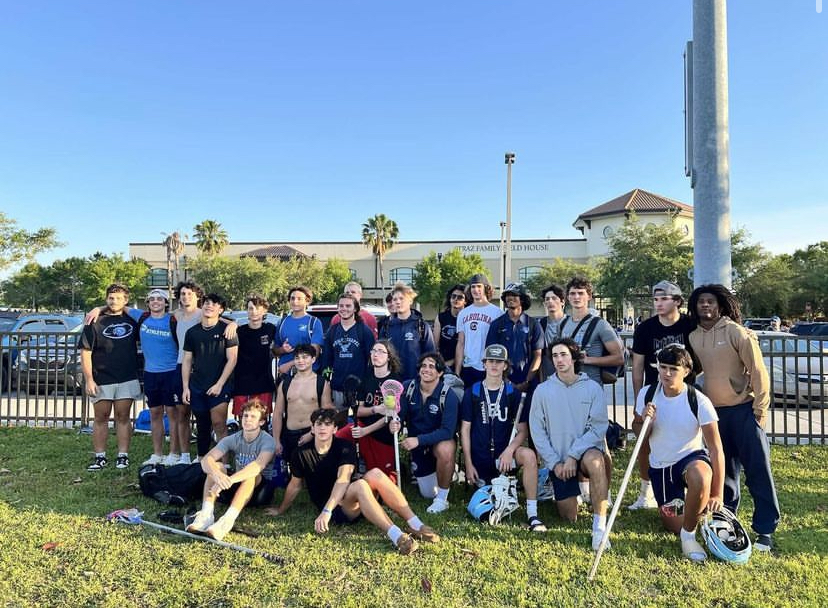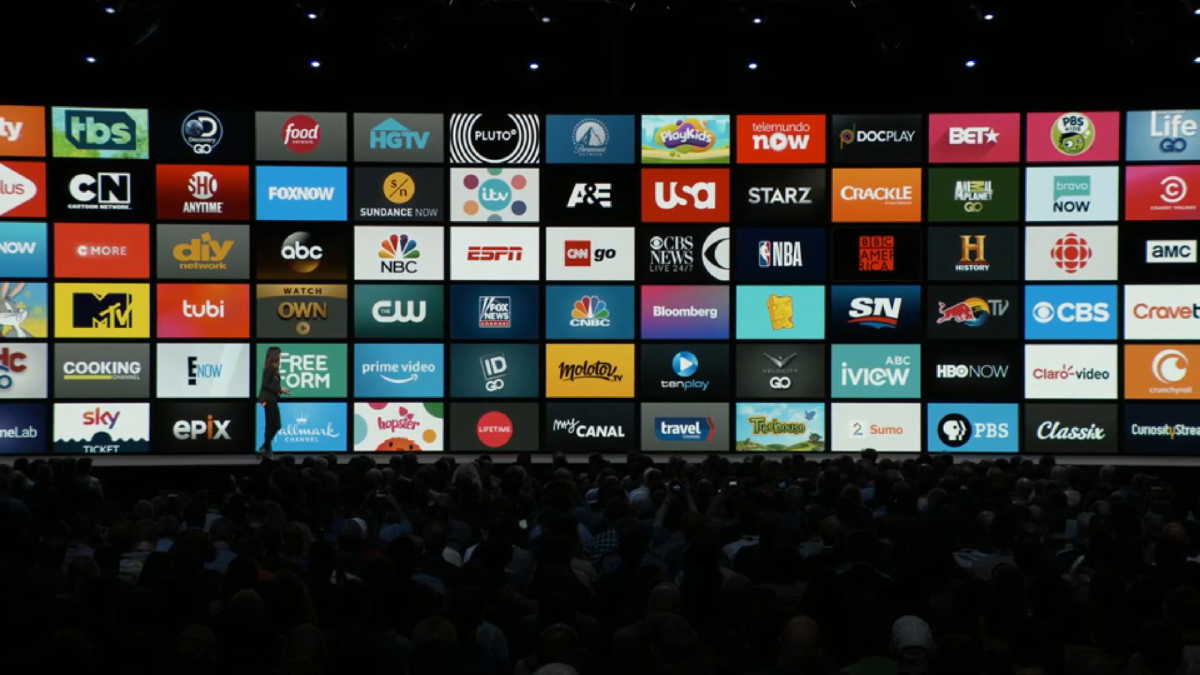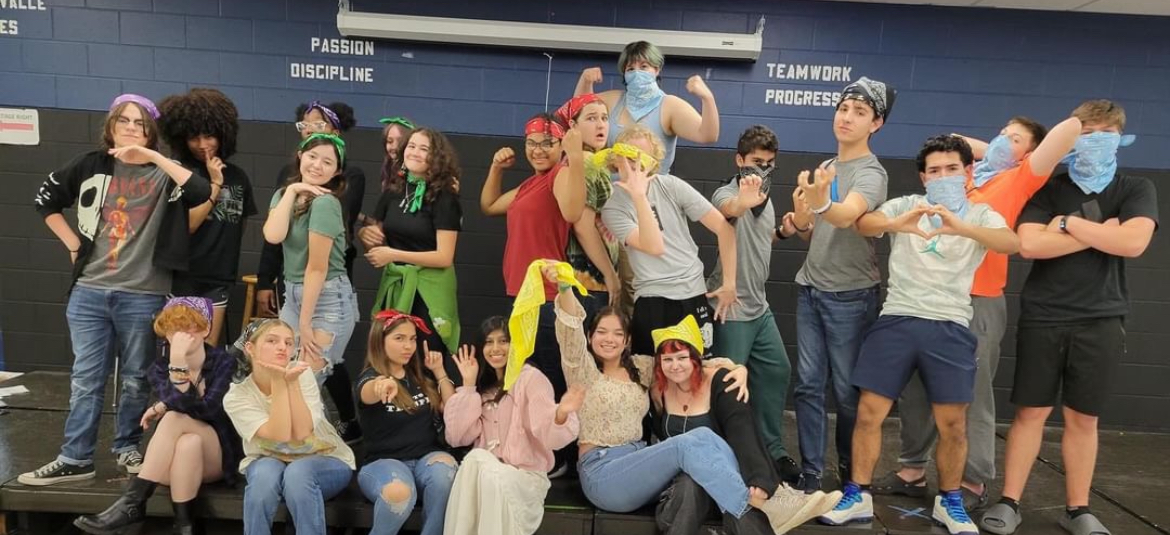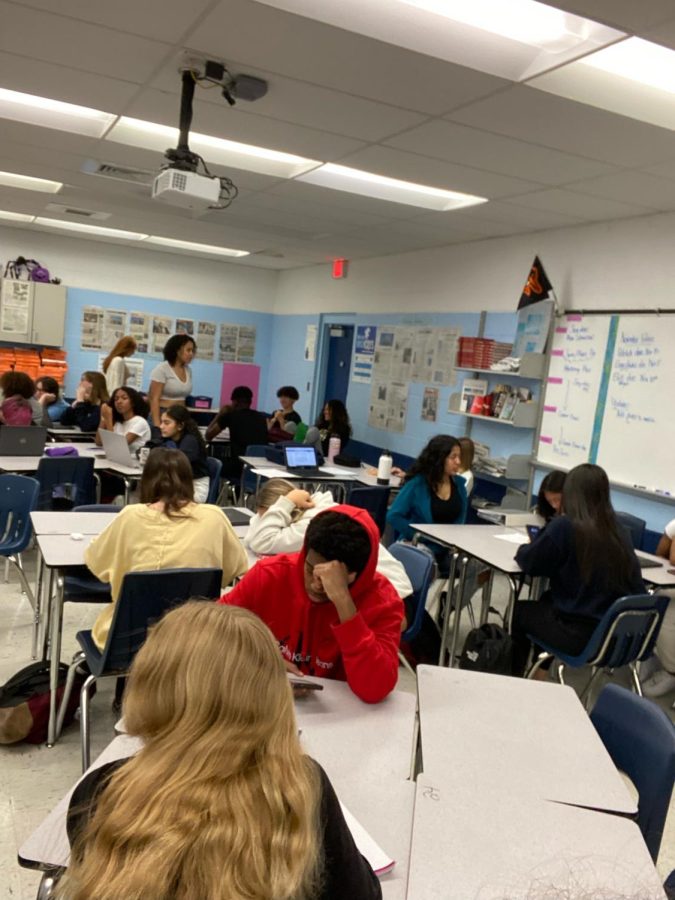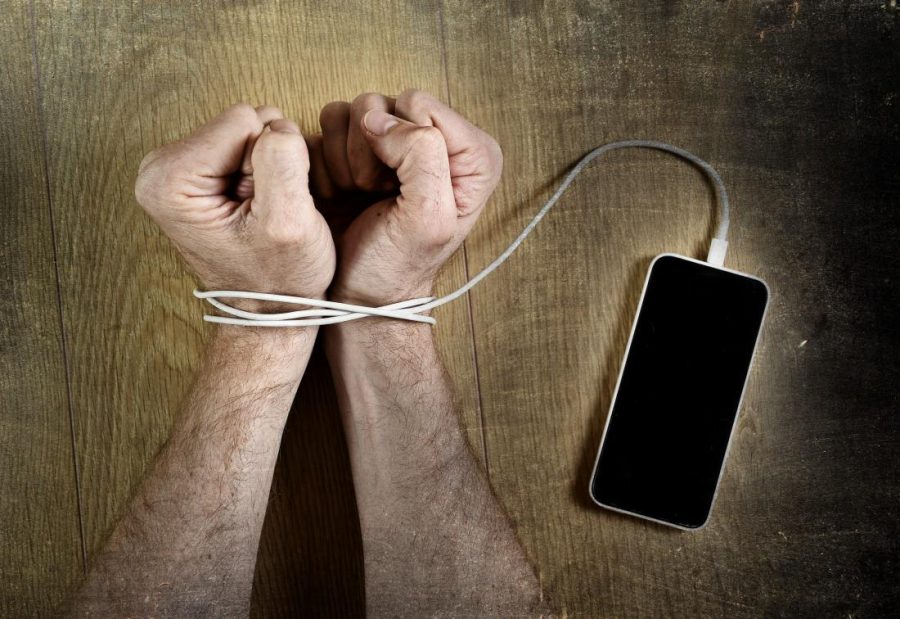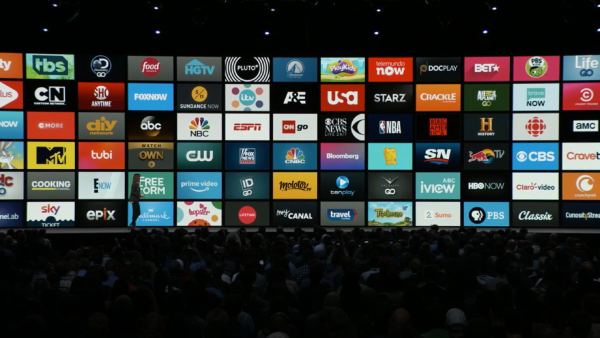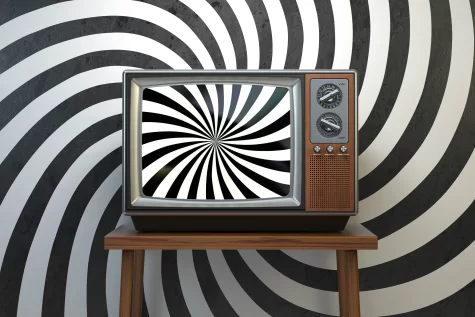Social Media Addiction
Turn it off and Tune it out!
Social media has revolutionized the modern age by allowing users to connect to anyone in the world with the touch of a fingertip. Social media has made communication and the spread of news and gossip easy, fast, and accessible to anyone. However, an excess of anything is never good. The abuse of social media can lead to addiction similar to that of drugs, alcohol, etc. Social media hooks their users by triggering the dopamine neurotransmitter, showering them with relatable content, and providing users with an escape from reality.
The first way social media traps its users into addiction is by weaponizing the dopamine neurotransmitter. The release of dopamine is what is responsible for any feeling of pleasure a person experiences. High dopamine levels cause people to feel motivated, satisfied, and euphoric. The feeling of someone having “butterflies” in their stomach? That’s the release of dopamine. Social media users release dopamine every time they receive a notification whether it be a like, comment, or message. This gives users a rush of excitement which may leave them yearning for more and more. According to leehealth.org, “the cycle of motivation, reward, and reinforcement is a ‘dopamine loop’ that gets users seeking, looking, craving rewards and more of them.” The need to reinforce this feeling throughout the day and the dependence on social media for a release of dopamine leads users to an addiction to social media. Humans naturally want to feel good; people want to be happy and satisfied, so taking away these sources of dopamine may be difficult and may leave users feeling depressed and unmotivated. According to leehealth.org, “using social networking sites as a coping mechanism to relieve stress, loneliness, or depression may suggest an issue, as well.” Attempting to prevent or hide from negative emotions by using social media as a distraction poses a problem. Social media users, especially teenagers, need to learn healthy coping mechanisms for their negative emotions rather than opting for social media for pseudo-happiness.
Another way that social media lures its users into addiction is by delivering overwhelming amounts of strangely relatable content. Circling back to human nature, people typically crave connection. People want to know that they are not “weird”, and that there are others that share their experiences and emotions. So, when social media users come across content that perfectly describes their perspective or reminds them of themselves, they will want to save and share said content in an attempt to be understood by the world. When asked if they find the content on social media relatable, 4/6 of students said yes. When those same students were asked if the relatable content causes them to stay on social media longer, 4/6 said yes. Senior, Tays Lemos, stated “I do feel like the content I see on social media is ‘made for me’ and is relatable. The more I relate to something on social media, the more likely I am to keep interacting.” Moreover, the algorithms on social media can sometimes become a little too accurate. Many social media users have reported feeling like they’ve “never had an original experience” since social media algorithms will present them with incredibly specific and targeted content. Some social media users have made remarks about how the TikTok algorithm or the “For You Page” “really meant it when they said it was for you”. This personalized corner of the internet each social media user is gifted with tempts users to keep going back to social media just to see how accurate their algorithm can become, almost like a game. Interestingly enough, one junior, Alexandra Exantus, that disagreed with the statement that “relatable content causes users to stay longer on social media” stated that social media targets people’s insecurities. According to Exantus, “they really want to capitalize off of people’s insecurities and try to get people to think they should look a certain way or act a certain way or dress a certain way. I believe it tends to make so many people, especially teens, feel so bad about themselves so it makes me not want to be on social media.” The algorithms designed on social media will often remind users of their insecurities or even fabricate new insecurities to try and sell products. Social media will prey on the insecure to try and convince them to “fix themselves”. Ironically, I myself have been scrolling on TikTok for hours writing this one paragraph. Even when users logically understand the harm that social media poses, they cannot help but watch one more video, read one more comment, or send one more text. The satisfaction that social media users receive when coming across relatable content is the result of the release of dopamine that is derived from feeling understood, entrapping users into the vicious cycle of the ‘dopamine loop’ once more.
The final trick that social media utilizes against its users is the presentation of an escape from reality. Sometimes life, especially the life of a teenager, can become overwhelming and stressful. Whether it be a breakup, a low grade, or generally just a bad day, teenagers will want a distraction away from harsh reality. Similarly to books and television, social media helps users escape from their problems and realities and live in a bubble protecting them from their pain. According to licensed psychologist Sanam Naran’s Tiktok page (@theconsciouspsychologist), “[Tiktok] allows you to switch off from your current life anxieties & focus on something completely different. A world other than your own feels comforting & less overwhelming.” It may even be a little ironic that psychologists are speaking out about social media addiction on social media. Videos like Naran’s help to pop the social media bubble and remind users or make them aware that they’re using social media as a coping mechanism, an escape. Users will get caught up on trends or a desire to go “viral” or simply relatable content and forget the world around them outside of social media. When asked to share their screentimes, the average screentime for 5 students was 7 hours. This just shows the grip that social media has on the youth. Students spend almost as much time on social media as the recommended 8 hours of sleep for each individual.
Social media takes advantage of the weaknesses of their users for profit. The sense of belonging, escape from real life, and release of “feel good” chemicals all work together to hypnotize social media users into staying active on social media. Whether an individual is addicted to alcohol, or drugs, or gambling, or social media, addiction is addiction, and it must be treated as such.
Your donation will support the student journalists of Wesley Chapel High School. Your contribution will allow us to purchase equipment and cover our annual website hosting costs.




